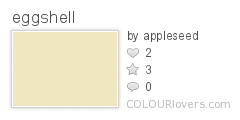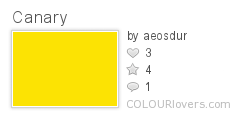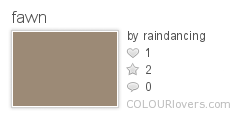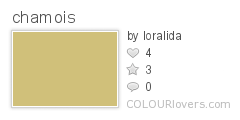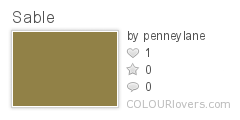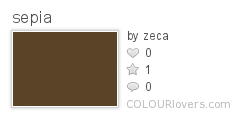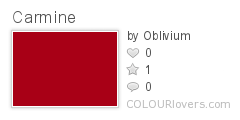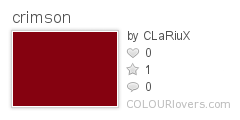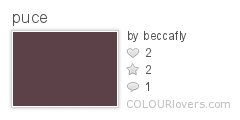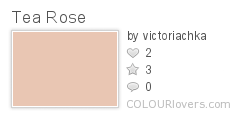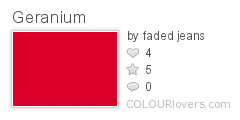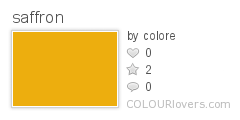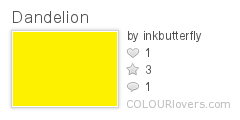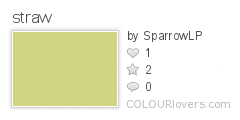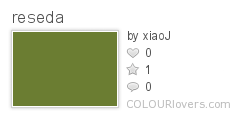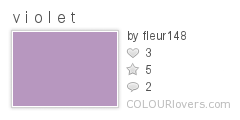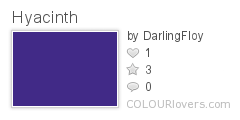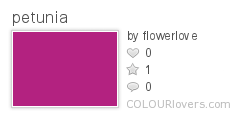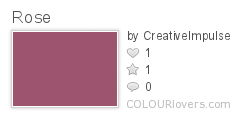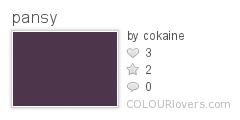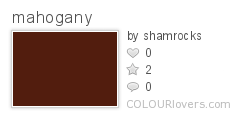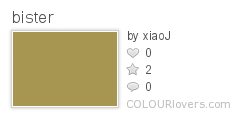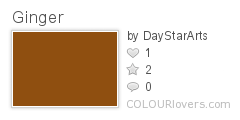This is the first post in a series on English Color Etymologies. Today we are looking at the colors that come from the names of animals, insects, and flowers, trees and plants.
English is a colorful language. Since its birth among the tribes of Europe, English has built its color vocabulary with the wealth of words it has inherited from Anglo-Saxon, Norman French, Latin, and Greek. Collected here are 172 colors that standard dictionaries (I used the American Heritage and the Random House) classify as specific color nouns (these do not, of course, include the standard ten – red, orange, yellow, green, blue, purple, brown, black, grey, white – or any Crayola inventions). This treasure of colors is broken down by etymological origin: is the color the name of a flower, an animal, or even a historical person? Some colors appear twice (when I felt two origins were sufficiently different). Others appear only once though they could certainly fit into several categories.
Ever wonder how a color got its name? Refer to the following and enjoy your new grasp on color!
ANIMALS

Photo by fortphotoThe plumage, pelts, tusks, shells, and scales of various animals have all lent their names to colors.
INSECTS

Photo by markopVarious insects have been used for dyeing fabric over time and have thus become their own color.
FLOWERS, TREES, AND PLANTS

Photo by markopBy far the largest category of color origins, plants provide some of the world’s most startling colors.
Did I miss one? Add it!
Title ![]() by Laurence Shan
by Laurence Shan
About the Guest Author, Jessica Alexander
Jessica Alexander is a writer, translator, and hopeless devotee of overstuffed dictionaries. For more titillating etymologies, check out dailycharacter. Or, if you just want to send her love letters…

